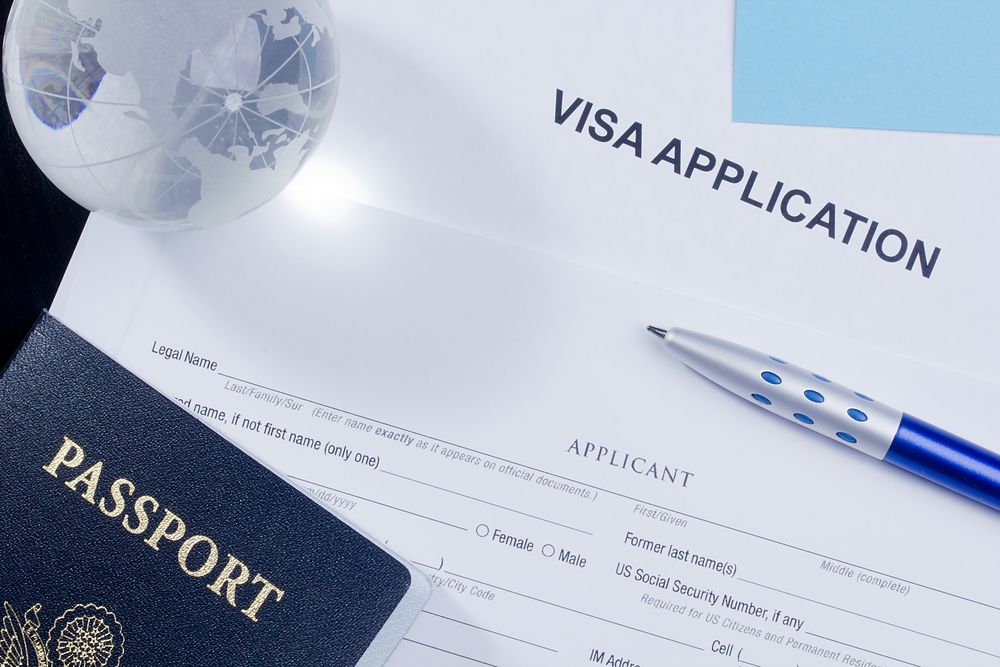Getting into a graduate program and then getting funding and a student visa is, believe it or not, just the beginning of your journey—all of you outstanding international students who've been accepted to various US universities will soon face the reality of living in the US, And sooner rather than later, you'll start thinking about how you'll manage there financially.
The US is home to some of the best universities in the world, and it is no surprise that many students choose to come study here. Deciding to study in the US comes with many pressures and expectations. The investment you are making today will bear fruit in the future, but until then, you have to manage your finances effectively to reduce the burden on your future self. The United States presents a few ways for full-time students on an F1 visa to earn money: by working on-campus while studying or using a CPT or an OPT. However, these options come with their restrictions. So, as a student, you must understand the limits and the opportunities early in your journey and build a stable foundation for yourself.
Working on-campus
First-year students are permitted to take on-campus jobs. Typical jobs include tutoring, working as a library assistant, cashier at university stores, and many other such positions. You will not be allowed to work for more than 20 hours per week during the school sessions. But during the session breaks, you can work for up to 40 hours per week.
There are also opportunities for off-campus employment in the local area through companies like Apple, Google, and Amazon. Some of these jobs are known as CPT (Curricular Practical Training), which means they are an academic requirement, and some of them are OPT (Optional Practical Training).
These jobs pay the minimum wage, which starts at between $8 and $12 per hour, depending on your state. So, based on your state, you can earn at or above this minimum payment limit. With this income, you should be able to pay for your living expenses to an extent, and if you are frugal, you can even manage to save some money. This is how most international students on an F1 visa usually work.
Curricular Practical Training (CPT)
CPT is given to students during their study period to work and gain practical experience in their field of study. It is a job opportunity that is an essential part of the academic curriculum or a requirement for graduation.
- Can you work in the US on CPT? Yes, but it's not as simple as you think. After entering the US, most schools allow students to work on CPT after two semesters or nine months (one academic year, i.e., Fall & Spring); therefore, the course length should be at least one year
- Generally, under CPT, you can work for 20 hours per week when school sessions are underway, and up to 40 hours per week during session breaks
- CPT is employer-specific. Before applying for a CPT, you need to have an offer letter. If you need to change the job under CPT, you must go through this CPT application process all over again
- It takes about 7-10 days to process and complete the CPT application. So, it's advisable to apply 2-3 weeks before the tentative date of joining
Before moving to the next part, let us understand what STEM and non-STEM courses are.
Optional Practical Training (OPT)
A student enrolled in a non-STEM course can work under OPT for 12 months. Whereas a student enrolled in a STEM course can get an OPT extension of 24 months and, in total, can work for 36 months in the US.
STEM and non-STEM Courses
STEM courses refer to courses related to the streams of Science, Technology, Engineering, and Mathematics.
Non-STEM refers to Humanities, Arts and Literature, and Management courses.
STEM courses are considered more important, as many jobs are being created in this sector. Moreover, these jobs are of high potential, and thus can create more jobs in the future. So, the work rules are different for these two types of courses, and the rules are more beneficial for STEM courses due to the increased focus on the US government.
Finding the Right Balance
When looking for a job in the US, you have to make sure of two main things: adhering to the regulations and balancing your study-work life. If you can achieve these two, you will manage your expenses so much better and have less to worry about in the future. The opportunities are there; you need to grab them at the right time. And, as they say, "Life is like riding a bicycle - to keep your balance, you must keep moving." Stay motivated and keep moving, and you will gain so much.
If you are planning to apply for an F1 visa, sign up for a Zolve Credit Card and Zolve Bank Account, and start building your credit footprint in the country from Day 1.
Disclaimer: The products, services, and offerings mentioned in this blog are subject to change and may vary over time. We recommend visiting our official website for the most up-to-date information on Zolve's offerings.

